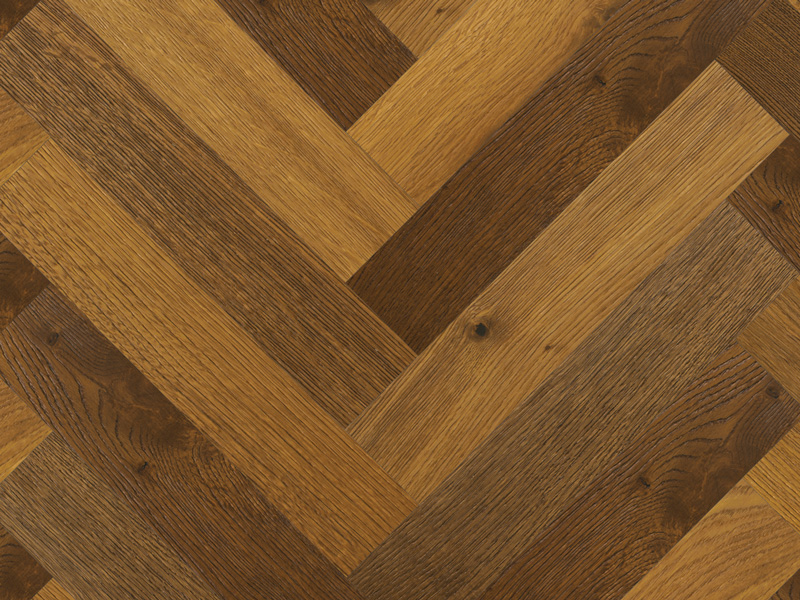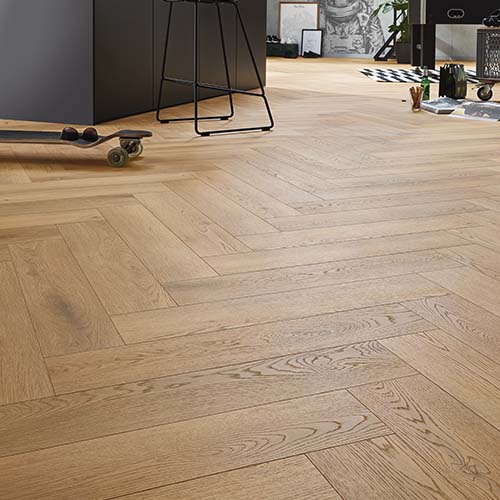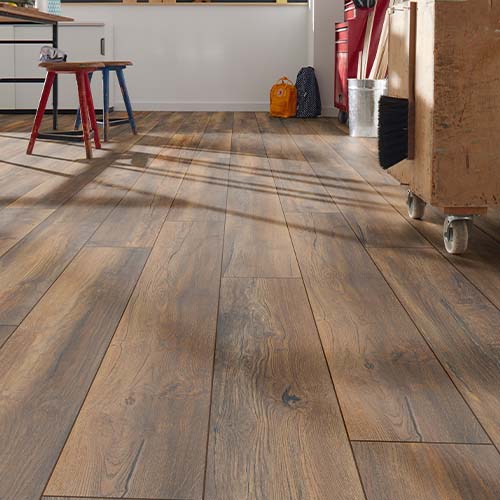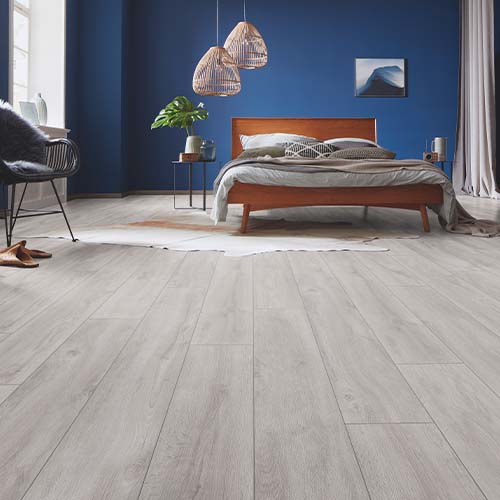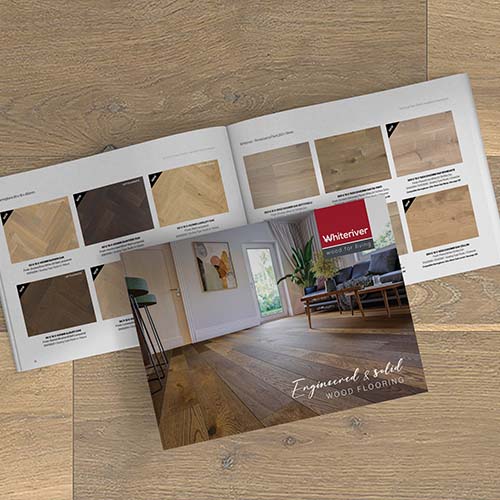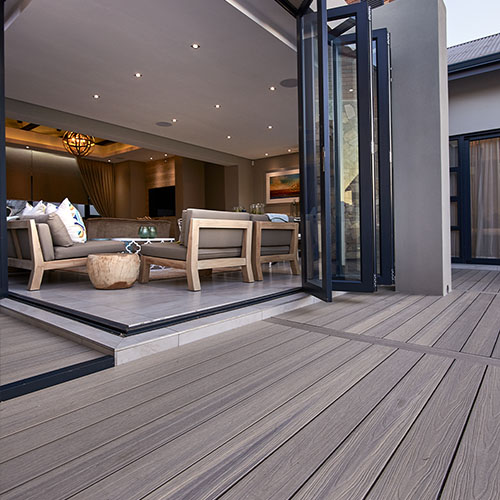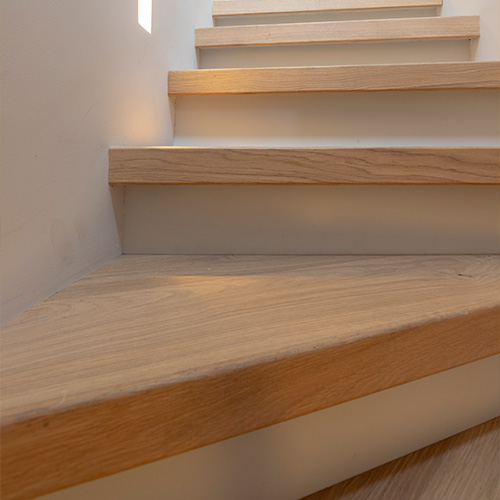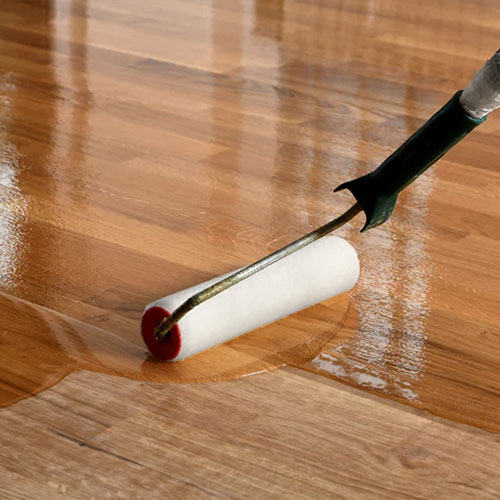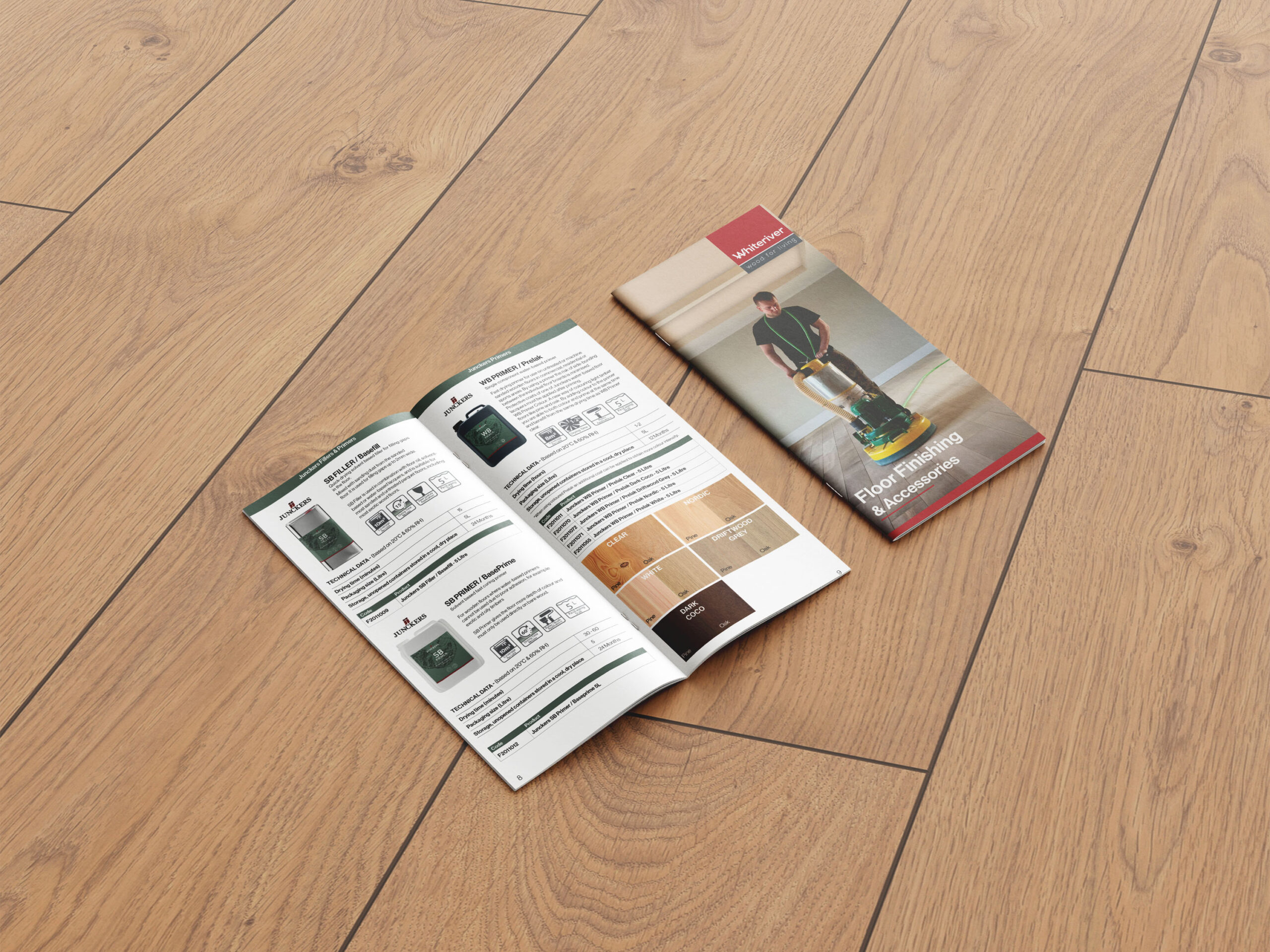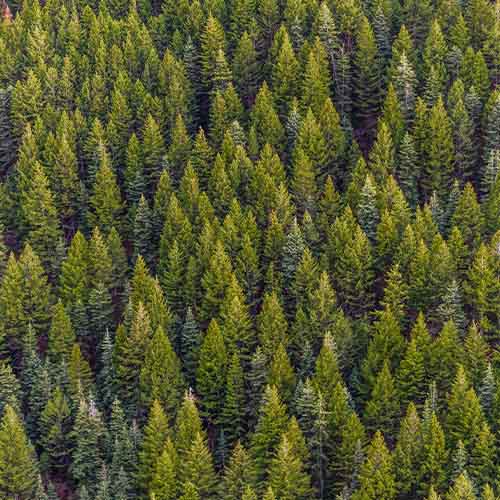Whiteriver Grading Guidelines
Each Whiteriver product adopts a unique character, Understand what you like and discover the grading for you.
Select Prime
As the name suggests, this high grade will have little or no knots – any knots contained in the finished product will be minimal in size. Sapwood imperfections and fillers are kept to a minimum and colour matched to blend with the grain of the wood. Overall colour variation is consistent.
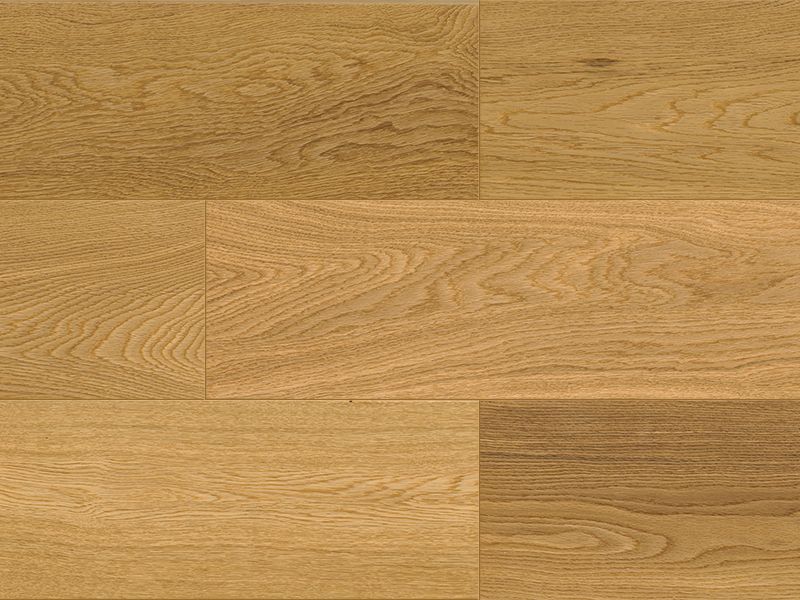
Nature
Nature grading contains some knots, but less than Universal grade, some sapwood and some colour variation. Knot sizes are restricted so it tends to have an overall calmer appearance than Universal grading. Knots are filled to match the natural timber however may vary between boards and batches.
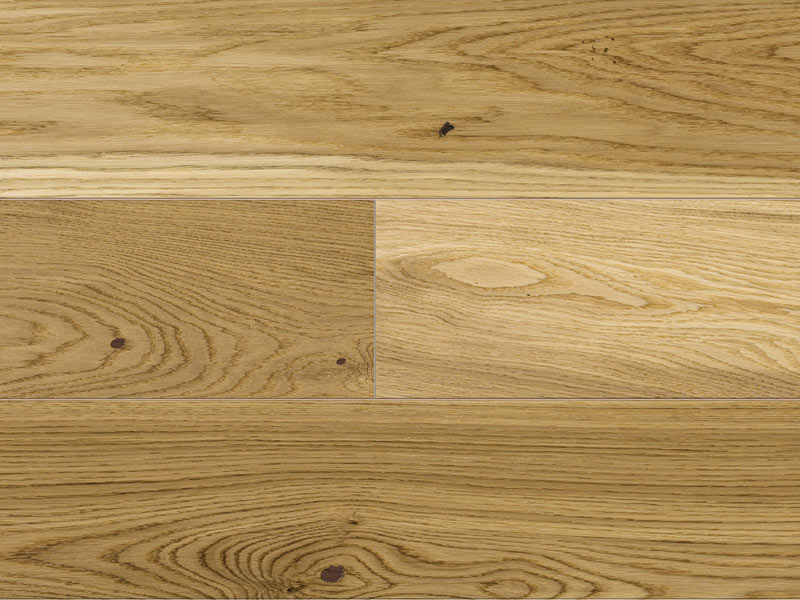
Sapwood
Sapwood is the outer part of a tree’s stem or branch which allows essential water and sap to flow as it continues to grow. In most species it has a lighter appearance to the rest of the tree as it naturally contains a higher level of moisture during growth. The level of sapwood in our flooring ranges is controlled within our grading guidelines and also depends on the surface treatment of the final product. Natural oiled or clear lacquered finishes will mask the appearance of sapwood while smoking and white oiling may highlight the sapwood as it reacts to the finishing process.

Vintage
Quantity and size of knots will be significantly more evident in this grade. Maximum size of broken knots, 45mm. The boards will contain both heartwood and sapwood and have a higher degree of natural colour variation as a result. Allowable sapwood to be less 30% of the board width and less than 30% in volume. Growth ring and end crack defects will be more obvious and sunken filled to match the natural timber however may vary between boards and batches. Width of cracks 10mm maximum
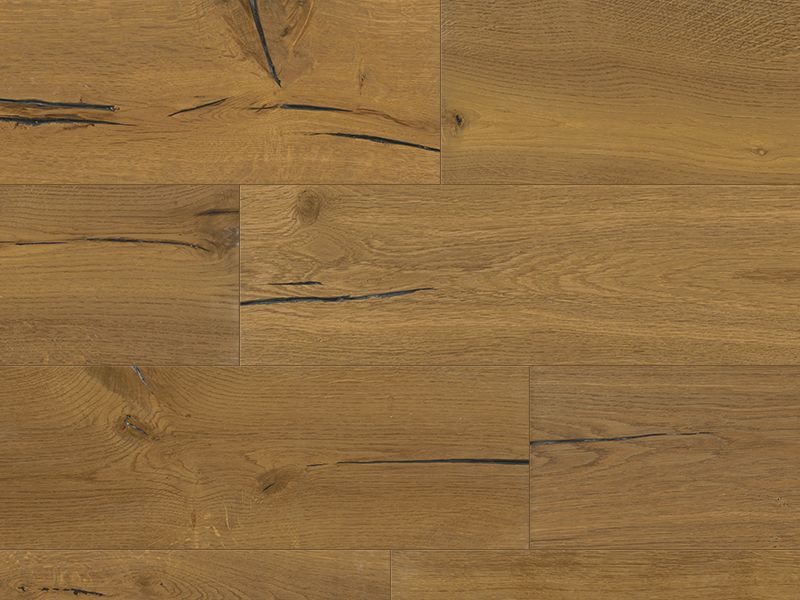
Universal
Universal grading contains a mixture of prime, nature and rustic/character grading. Different species will have different characteristics e.g. European oak grading tends to include it’s fair share of knotting so there will be a more limited amount of prime/nature boards within universal grading. The boards will contain both heartwood and sapwood and have a degree of natural colour variation as a result. Knots are filled to match the natural timber however may vary between boards and batches.

Rustic / Character
Quantity and size of knots will be significantly more evident in this grade. The boards will contain both heartwood and sapwood and have a higher degree of natural colour variation as a result. Growth ring and end crack defects will be more obvious and filled to match the natural timber however may vary between boards and batches.
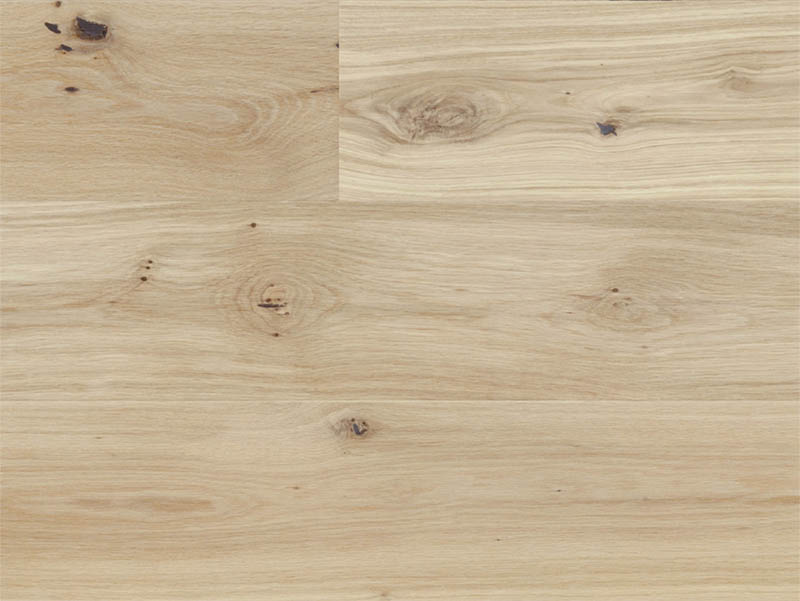
Rustic A / Nature
This grading contains some knots, some sapwood and some colour variation. Maximum knot size is restricted to c25mm so it tends to have an overall balanced appearance due to fewer knots. Knots are filled to match the natural timber however may vary between boards and batches.
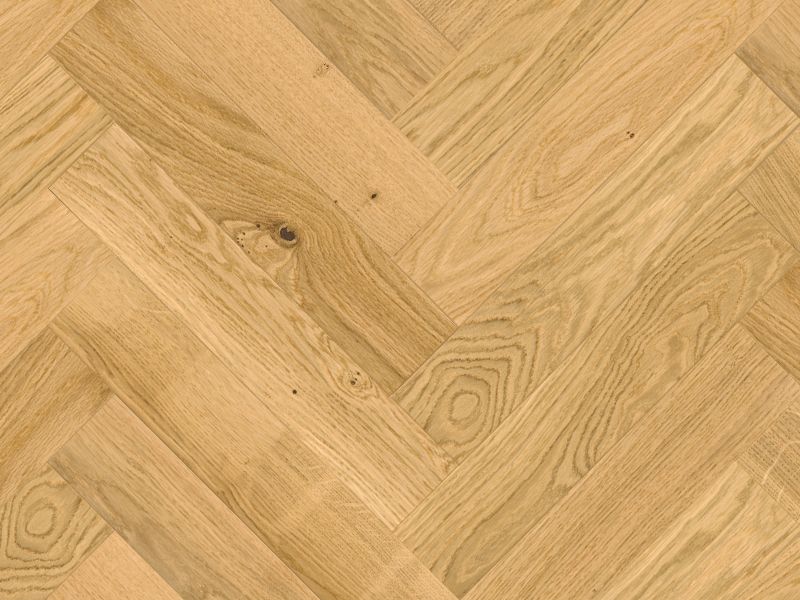
Knots & Fillers
Knots are created when a branch grows out from the crown of the tree and can also be an indication of a dormant bud. The tree naturally grows around knots hence the flowing effect of the grain around them. The amount and size of knots in our flooring is controlled within our grading guidelines. During the manufacturing process it may be necessary to fill knots to achieve a consistent surface finish – the colour and depth of the filler is determined by the overall design of the final product.

Medullary Layers
Medullary Rays are natural cellular structures within the tree and can appear as a sporadic formation of stretch like marks within the timber.
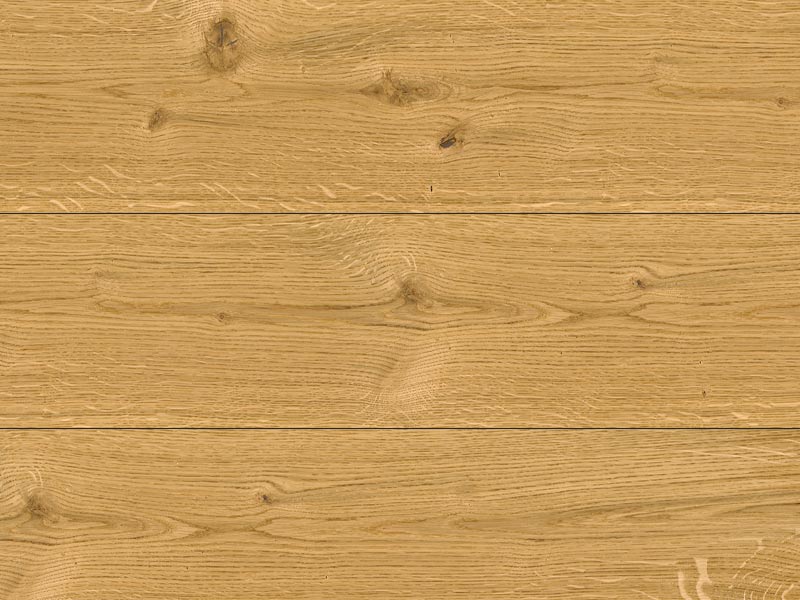
Smoking
During the smoking process there is a reaction with a natural acid in the oak called tannin. The levels of tannin can vary in each board and from batch to batch therefore there will be a colour variation between boards and batches because of the smoking process. After installation, the floor will change to a warmer colour tone over time, this period of time is influenced by sunlight, indoor light and the atmosphere on site.
